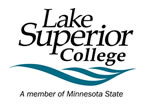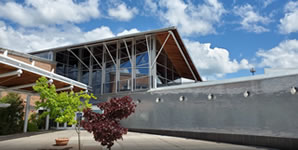Part 1: Purpose. To promote responsible utilization of products, resources, and services from acquisition to end of service, and promote efficient use of water, energy, and other natural resources.
Part 2: Objective. Lake Superior College (LSC), where possible, will reduce the amount of solid waste sent to landfills and reduce the unnecessary cost of using excess natural resources through heat, electricity, transportation, and water.
Part 3: Definitions
Subpart A: Waste Prevention. Refers to actions or choices that prevent the generation of waste.
Subpart B: Integrated Pest Management. The U.S. Environmental Protection Agency (EPA) defines “Integrated Pest Management (IPM) as an effective and environmentally sensitive approach to pest management that relies on a combination of common-sense practices…and, is used to manage pest damage by the most economical means and with the least possible hazard to people, property, and the environment.”
Subpart C: Life Cycle Cost Consideration. Life cycle cost takes into account the sum of all costs of a product including but not limited to: ecological cost of development, initial purchase price, installation, service, general operation, maintenance, potential upgrades, disposal, and potential residual value. This total cost may not be directly quantifiable, but these factors should be considered in all purchasing decisions when feasible.
Part 4: Evaluation and Tracking. Utilize annual B3 energy inventory tracking; reports will be generated to show areas where improvements can be made.
Part 5: Reference Statute
- Minnesota Statute 115A, Waste Management
- Minnesota Statute 16C.0725, Purchase of Recycled, Repairable, & Durable Materials
- Minnesota Statute 16C.073, Purchase and Use of Paper Stock; Printing
- Minnesota Statute 115D, Toxic Pollution Prevention
- Minnesota Statute 116D, Environmental Policy
- Executive Order 99-4
- Western Lake Superior Sanitary District Solid Waste Ordinance
Date Implementation: August 6, 2015


